Topiarius contains a variety of articles of academic, botanical and scientific interest, as well as articles on garden design, some of which are now available to read by clicking on the links below…
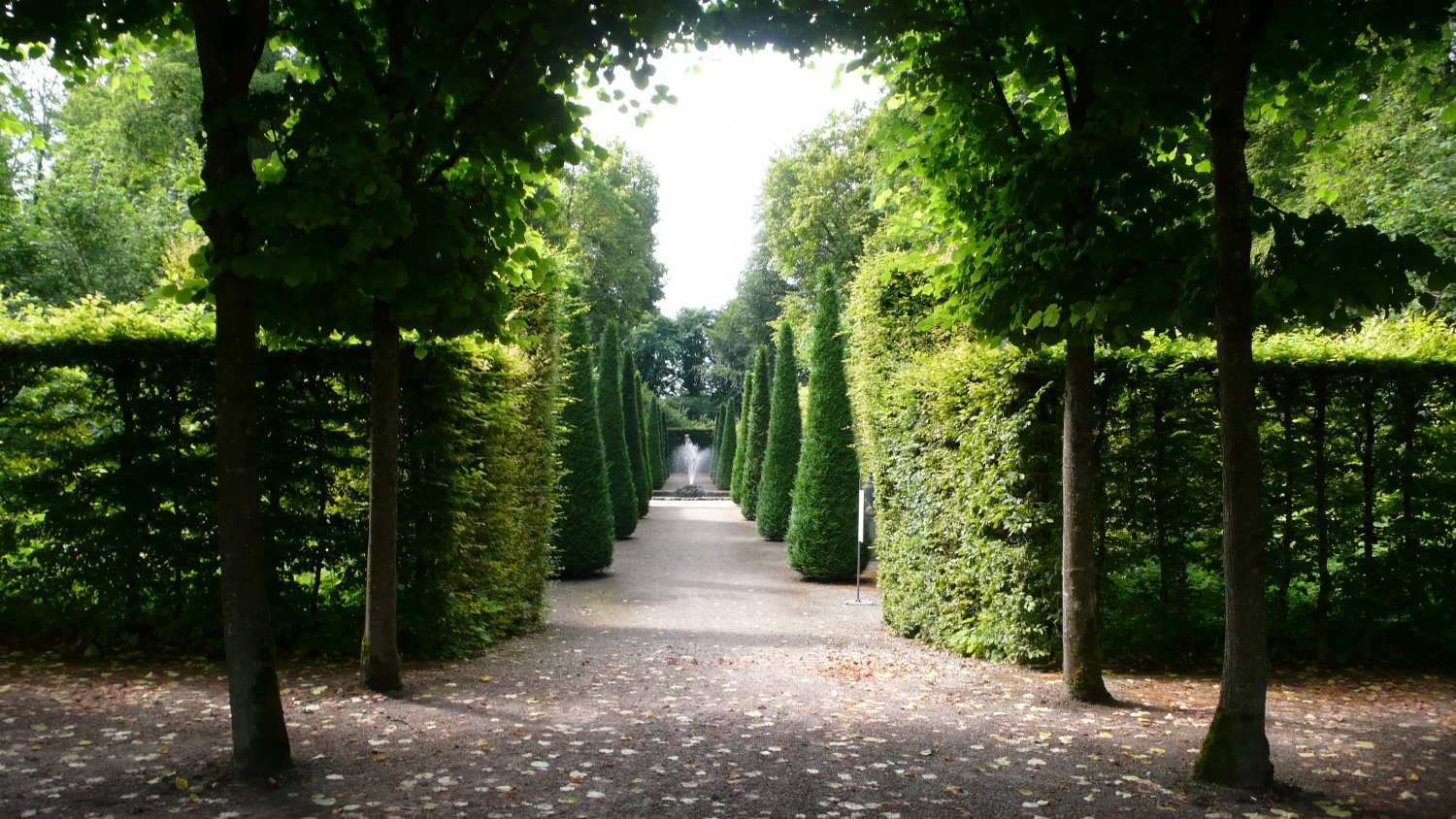
The Baroque Gardens of Schwetzingen Palace
Gisela Rose-Sell gives an insight into the history of the baroque gardens of Schwetzingen Palace.

Taxus for Topiary
Architectural & Landscape Historian Dr John Glenn, takes a scholarly look at references in English literature through the centuries, to the use of Taxus for topiary.
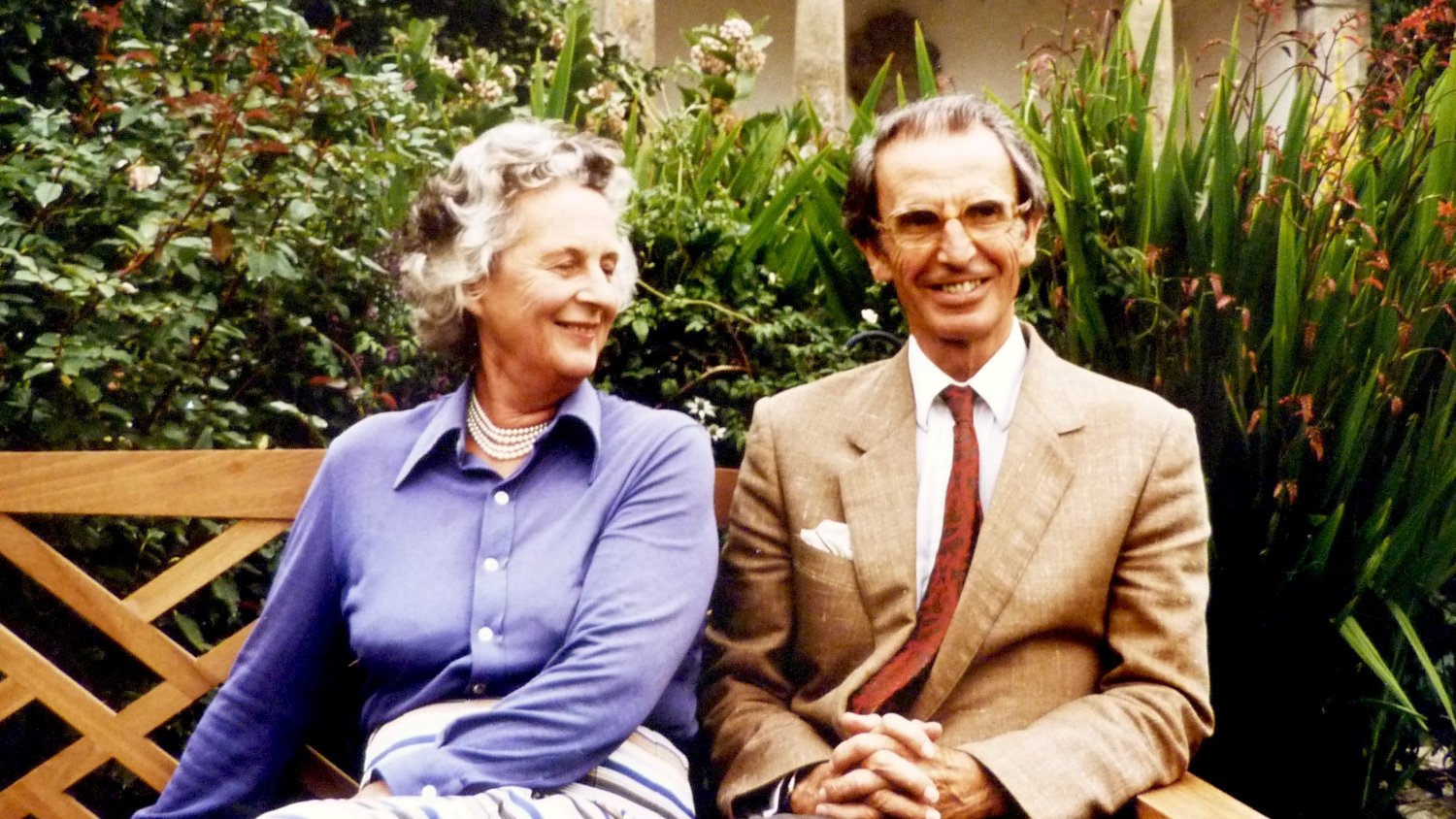
Rosemary Verey – The Making of a Library and a ‘Literary’ Garden by Charles Verey
In July 1977, The Garden, the Journal of the R.H.S., featured an article by Anne Scott-James, A bibliophile’s garden. It describes the garden made by my mother, Rosemary Verey, at Barnsley House
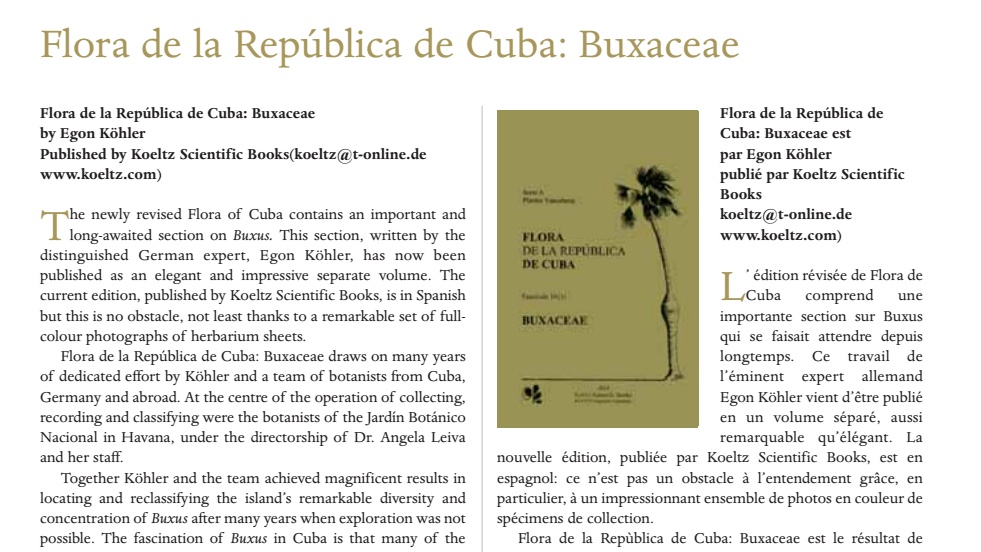
Flora de la República de Cuba: Buxaceae by Egon Köhler
The newly revised Flora of Cuba contains an important and long-awaited section on Buxus. This section, written by the distinguished German expert Egon Köhler, has now been published as an elegant and impressive separate volume
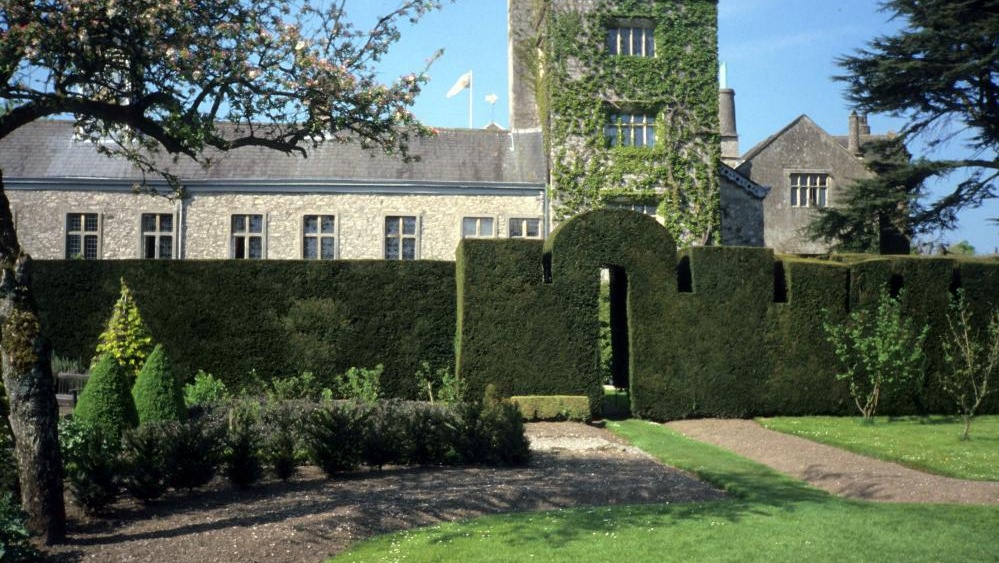
Five methods of Defence – An EBTS Round Up
The following comments are from scientists, nurserymen and private growers. There are many differences in opinion even amongst the leading experts. Everyone has a story to tell, perhaps a treatment to recommend…
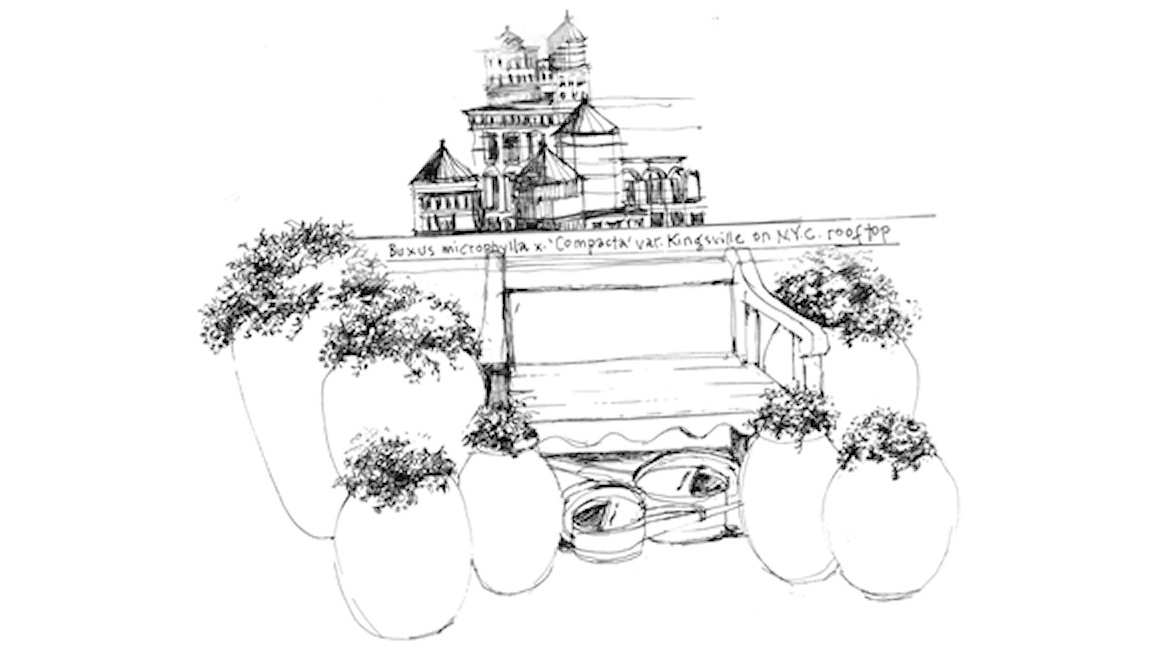
Rooftop Boxwood – Written & Illustrated by Abbie Zabar
Abbie Zabar, New York artist and topiarist, reveals her secrets growing highly ornamental rooftop containers of boxwood without clipping.
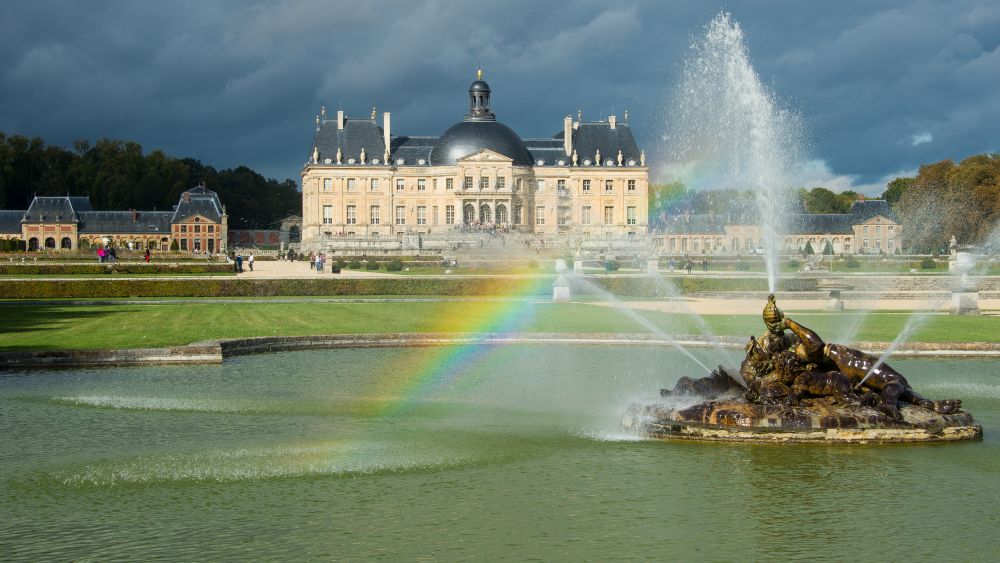
The Drama of Vaux-le-Vicomte by Andrew Lyndon-Skeggs
Vaux-le-Vicomte, the scene and the cause of the downfall of Nicolas Fouquet, the colourful and immeasurably rich finance minister to Louis XIV. “At six in the evening, Fouquet was the king of France; at two in the morning he was nobody.” Well, not quite, let’s explore further
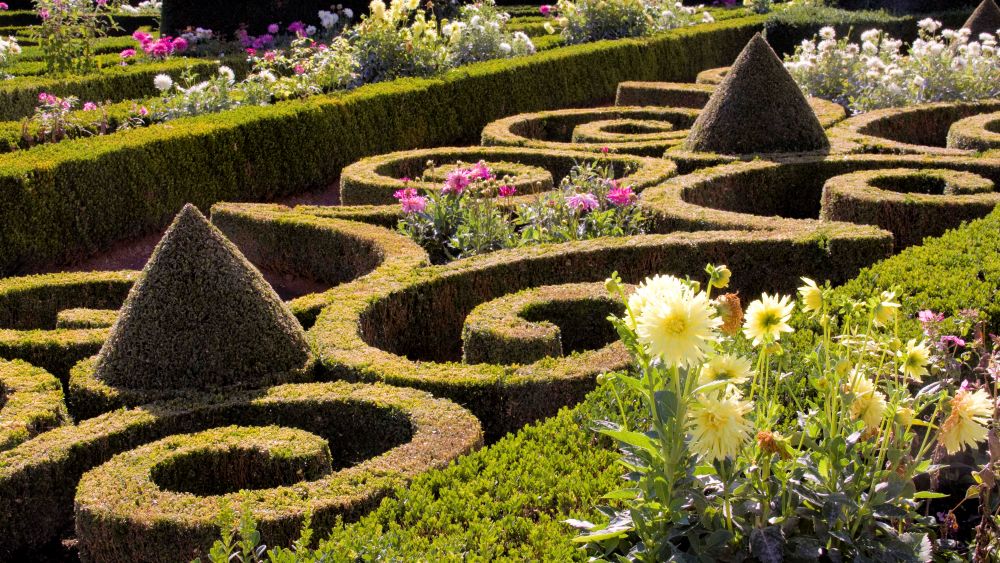
Gardens in the Dordogne – Words & Pictures by Roger Last
The Dordogne has long been a favourite destination for the English – hardly surprising given the beauty of the countryside. It is a land of winding rivers, of castles precipitously perched on outcrops of rock with villages huddled below, woods of oak and chestnut on the hills and, in the valleys, rich planting of walnuts. Add to this a sequence of outstanding gardens and the experience achieves a new dimension.
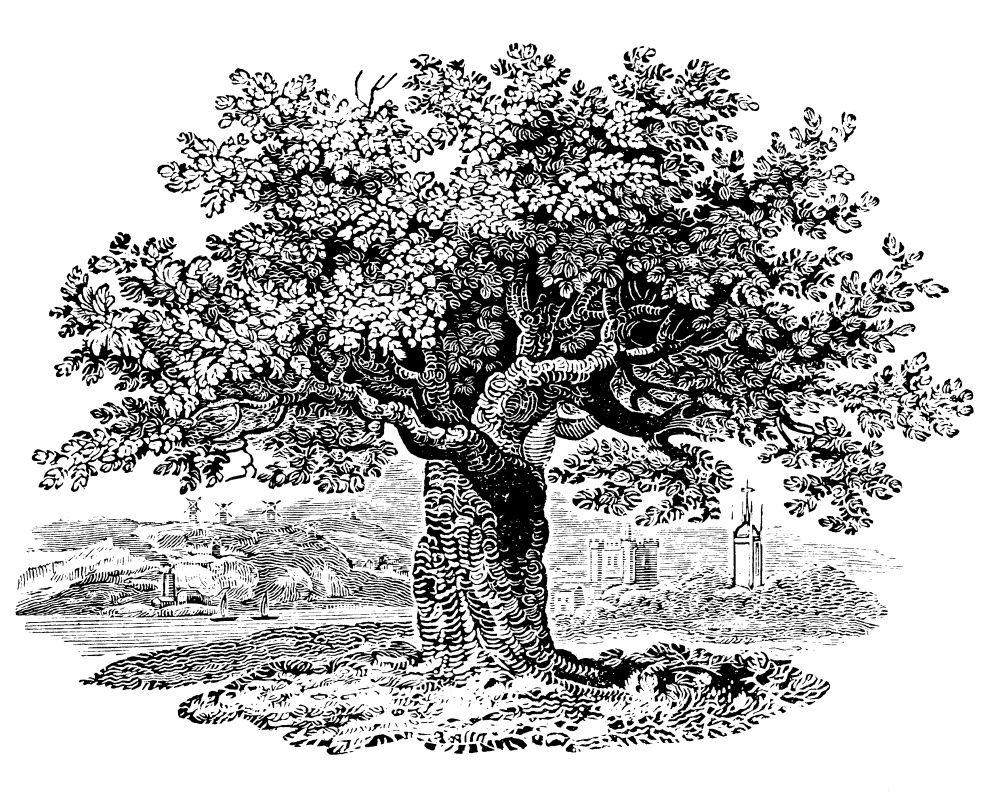
Boxwood Engraving Blocks by Mark Braimbridge
Today wood engraving is flourishing again after a dismal patch in the 1960s and 70s when its simple black and white lines were thought to be dull and outdated. Like their predecessors, the new generation of engravers continue to work on boxwood whenever they could get it but it is in increasingly short supply. Lemonwood is the best substitute and is used by beginners to practise but it is inconsistent.

Thomas Bewick by Mark Braimbridge
In the 1700’s there was a flowering of ‘naturalism’, the close following of nature in art and literature – Carl Linnaeus in Sweden, Gilbert White in Hampshire among many others. Duchesses were interested in botany, merchants and aristocrats founded zoos, clergymen recorded natural details of their environments.
